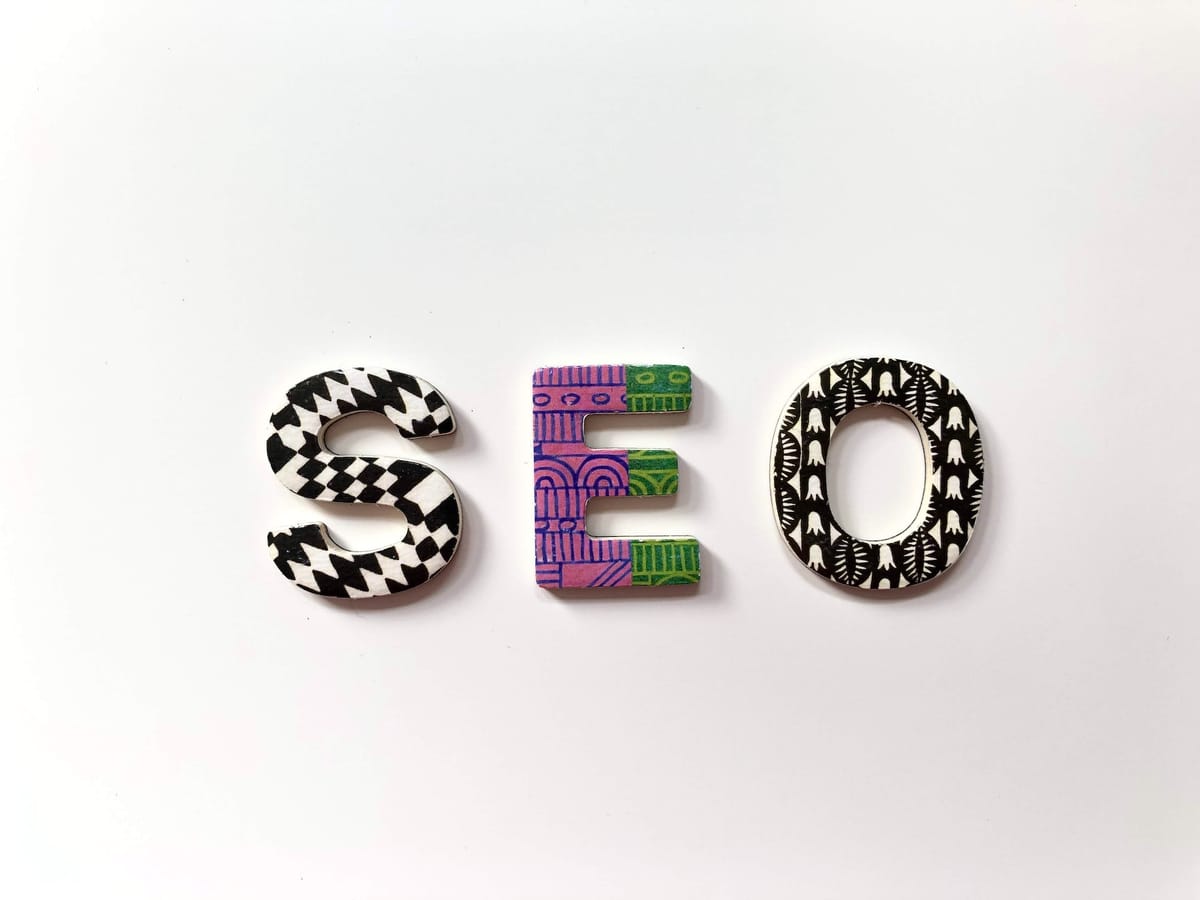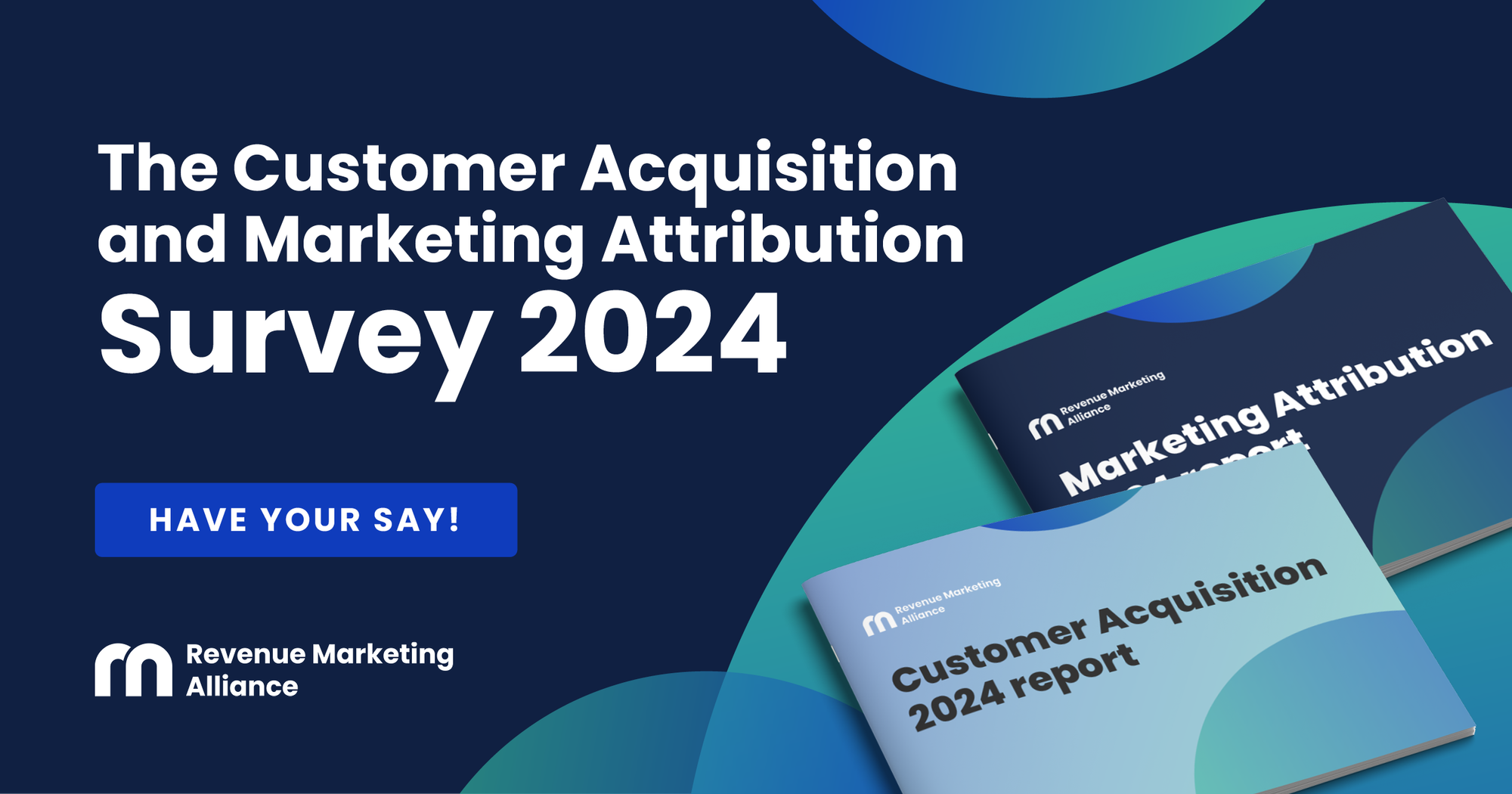Imagine a world where your customers become your most powerful salesforce, effortlessly driving exponential growth through the sheer power of their enthusiasm.
This isn't some marketing fantasy – it's the reality of harnessing customer referrals, the ultimate growth engine for smart businesses.
In this article, we’ll get into:
- What a customer referral is
- The power of word-of-mouth marketing
- How to generate good customer referrals
- How customer referrals can drive organizational growth
What is a customer referral?
A customer referral is when an existing, satisfied customer recommends your product or service to someone they know – a friend, family member, colleague, or anyone in their network.
A personal endorsement from a trusted source carries a lot of weight. Customer referrals are incredibly valuable because they come from a place of genuine enthusiasm and positive experience, rather than a company-led sales pitch.
Plus, people are more likely to trust a recommendation from someone they know over traditional marketing or advertising. You’ve heard of the power of word-of-mouth marketing, right?
If not, let’s break it down…
Word-of-mouth marketing
Word-of-mouth (WoM) marketing is one of the most powerful and influential marketing tactics out there. At its core, WoM refers to the organic sharing of information and opinions about a product, service, or company – person to person.
When positive, it acts as a highly credible endorsement that can drive serious brand awareness and sales.
When negative – you guessed it – it can have the opposite effect. Negative word of mouth can see you lose sales and, worst case scenario, tarnish your brand name and overall reputation.

The power of WoM stems from several key psychological factors
Source credibility and trust
People inherently place more trust in the opinions and recommendations of people they know. We rely heavily on these close ties as trustworthy and impartial sources of product information.
Their endorsements carry much more weight and believability than paid marketing messages from brands themselves.
Personal relevance
Recommendations that come from someone with first-hand experience using a product/service are seen as highly relevant and applicable to our own potential needs and circumstances.
Hearing why someone we know personally benefited from a specific offering resonates strongly.
Social validation
As social creatures, we look to our broader social circles for behavioral cues on what's popular, desirable, and socially approved.
Positive WoM validates that a brand is perceived favorably by peer groups, amplifying our interest in trying it ourselves to align with group norms.
Emotional influence
WOMM often taps into potent emotional drivers that marketing struggles to authentically convey – things like enthusiasm, genuine delight, social currency, etc.
This emotional charge makes the conveyed opinions far more persuasive and memorable.
Amplified reach
Whereas brand marketing has limitations in audience reach and frequency, WoM spreads exponentially from person to person across all social and digital connections.
It goes beyond the confines of paid media channels and has a self-perpetuating momentum.
From a business standpoint, this incredible level of consumer influence that WoM channels is incredibly valuable because:
- It drives incredible organic awareness by tapping into an ever-expanding chain of personal networks.
- It boosts the credibility of marketing efforts by complementing it with trusted peer validation.
- It's highly persuasive in converting interested prospects into customers given the implicit social proof.
- It generates cost-effective customer acquisition compared to paid acquisition channels.
Word of mouth is a Holy Grail for marketers. Creating products and experiences that deliver such outsized satisfaction that customers feel compelled to enthusiastically spread the word within their circles is the ultimate win.
How do you generate good customer referrals?
There are a few key things to focus on. First, you need to deliver an exceptional product or service that people genuinely want to rave about. If your offering isn't up to par, no amount of referral marketing will help.
Make it a natural part of your customer journey and interactions. Don't wait to randomly spring the request on people out of the blue. Instead, build it into your processes at logical times when customers are likely to be highly satisfied.
For example, you could send an automated email or in-app message after a successful product delivery thanking them and saying something like:
"If you know anyone else who could benefit from our service, we'd be hugely grateful for the referral."
Or your customer support team could end positive service interactions by planting the seed about your referral program.
The key is to make it a warm invitation from a conversational, human tone rather than a forceful demand. You want to catch people in their moments of peak brand appreciation.
Consider different outreach sequences and messaging tailored to specific customer milestones as well. Reduce any friction by providing one-click sharing tools and clear guidance.
How about offering meaningful incentives that motivate people to refer, whether it's credit, cash, prizes, perks, etc. Be sure to follow up on every referral quickly and offer a seamless experience for the referred contact as well.
And say thank you! A little gratitude and recognition go a long way in inspiring customers to keep those referrals flowing.
How customer referrals can drive organizational growth
Cost-effective customer acquisition
While traditional lead generation channels like paid advertising, content marketing, SEO, etc. are essential, they also carry high customer acquisition costs that can strain budgets.

In contrast, customer referrals provide a steady stream of warm, pre-qualified leads at a fraction of the cost.
By prioritizing referrals as a key acquisition engine, organizations can reallocate resources away from expensive paid channels. You can double down on nurturing the referral program itself through automation, incentives, tracking tools, etc. – further compounding the ROI over time.
The capital efficiency gained allows for more aggressive growth investments in areas like product development, talent, and market expansion.
Increased sales
Referrals accelerate sales by starting you off on second base. The prospective customer is arriving pre-sold thanks to the referrer's credible endorsement. You're not fighting an uphill battle to grab their attention or build trust from scratch.
The door is already open, so it's easier to advance them smoothly through your funnel to conversion.
Beyond that, referrals have a multiplier effect: Every referred customer gained has the potential to become a new referral source themselves as they experience the value of your product.
So one great referral today could snowball exponentially through that customer's network tomorrow. It's a virtuous cycle of warm leads and expanded reach.
Lastly, referrals drive sales by strengthening brand advocacy. Customers who rave about you amplify social proof, increasing consideration and demand. It's the ultimate form of peer-influence marketing.
Increased trust and credibility
Trust is the foundational currency that underpins all successful businesses. Yet establishing trust through traditional marketing is increasingly difficult in today's cynical, ad-saturated landscape.
Customer referrals sidestep this by tapping into the purest form of social proof – personal recommendations from trusted sources.
When a valued friend or family member endorses a brand, it carries exponentially more weight than any corporate messaging or advertising claims. There's an implicit stamp of credibility that supplants skepticism.
This makes prospects much more receptive from the outset, accelerating the critical know-like-trust phases of the buyer's journey.
The credibility earned also transcends just the initial conversion. It breeds confidence that cements long-term loyalty and reduces defection rates.
Customers are less likely to be lured away by competitive offerings because the trusted referral source already anchored them to your brand's superior value proposition during their purchase decision.
Higher conversion rates
Combining the benefits of lower acquisition costs with a pre-disposed trust advantage, it's no surprise that customer referral leads consistently achieve higher conversion rates across industries.
There are a few reasons for this conversion amplification effect:
- As mentioned, the trust factor means referral leads start further along in the sales funnel with existing brand affinity.
- The referring customer effectively serves as a point-of-influence advocate, reinforcing the purchase motivation.
- Prospects feel an accountability factor knowing their friend/family will be asking about their experience.
Brands that successfully activate a scalable referral acquisition engine marvel at the conversion rates compared to their pay-per-click and other lead sources.
Enhanced customer lifetime value
Beyond the acquisition benefits, referred customers exhibit stronger engagement, lower churn rates, higher satisfaction scores, and more frequent purchases – all contributing to an average 16% higher lifetime customer value over non-referral cohorts.
There's a self-reinforcing psychological dynamic where referred customers perceive greater value upfront based on the referrer's endorsement. This breeds stickier loyalty and creates a "commitment and consistency" mindset where they perpetuate the referral cycle themselves.
Through their elevated loyalty, increased purchases, and expanded referrals of new customers, these highly satisfied “acquired via referral customers” generate compounding revenue streams and profitability gains for the business over time.
Organic customer base expansion
While paid acquisition channels require constant cash influx to keep them fueled, customer referrals effectively grow the business organically and sustainably by tapping into the networks surrounding each new customer.
As more satisfied clients are onboarded via referrals, they too become potential new sources of referrals within their personal and professional spheres of influence. It creates a self-perpetuating "refer-a-friend" cycle that continually supplies your sales funnel with fresh, warm leads – no additional marketing spend required.
This organic expansion is hugely valuable. It allows organizations to proliferate into new geographic markets and demographic segments passively just by delivering an exceptional experience that inspires customers to voluntarily recruit others.

Over time, this can exponentially amplify a company's effective marketing reach and customer acquisition capabilities in a capital-efficient manner.
Competitive advantage and defensibility
The ability to generate a groundswell of authentic customer advocacy is an immense competitive advantage that's extremely difficult for rivals to replicate or undermine through conventional tactics.
When a brand activates an army of raving fans who voluntarily promote it through their personal referrals, it establishes a level of social proof that simply can’t be fabricated through ad spend or marketing messaging alone.
The customer-driven advocacy enhances brand equity, perceived value, and marketplace credibility in a way that creates real defensive barriers.
As the referral engine builds momentum, it fosters a loyal brand community and sense of belonging that increases switching costs.
Customers feel a sense of psychological ownership and identity with the brand story. This enhances retention rates and cements the brand's positioning as the de facto leader in its category.
Increased customer loyalty
There's a direct correlation between customer referrals and increased loyalty and retention.
It stems from the basic psychological principle of consistency – once someone vouches for a brand by referring it, they have "skin in the game" and are far more likely to remain a loyal, consistent customer themselves to avoid cognitive dissonance.
Not only that, the mere act of referring reinforces the positive associations and affinity they feel for your brand. Providing worthwhile referral incentives/rewards pays off in the form of deeper engagement and repeat business too.
Plus, an official referral program demonstrates that you value customer advocacy enough to bake it into your core business model. This boosts transparency and the feel-good factor of being part of a community of loyal brand evangelists.
Psychologically and tangibly, referral programs strengthen the overall customer experience in ways that foster long-term loyalty.
Continuous feedback loop
Beyond the quantitative metrics like leads and conversions, customer referrals offer a rich mine of qualitative voice-of-customer insights that provide a continuous feedback loop for optimizing operations.
For example, analyzing which customers are generating referrals (and which aren't) can reveal core customer personas and psychographics to prioritize and better understand motivations.

Looking at referral source patterns illuminates which marketing channels, campaigns, and customer touchpoints are hitting the mark in terms of delivering outstanding customer satisfaction.
Tracking customer feedback and verbatim testimonials within referrals exposes potential product gaps, empowering data-driven roadmap decisions. Even detecting changes in referral velocity can signal potential issues before they escalate.
Essentially, customer referrals serve as an always-on focus group, allowing you to continually iterate, improve offerings, and double down on what's truly resonating with customers.
They enable a fast feedback cycle for quickly validating ideas, course-correcting inefficiencies, and fueling a culture of customer obsession – which is critical for sustainable growth.
Customer referrals: Closing thoughts
At the end of the day, an exceptional customer referral strategy is one of the most powerful growth levers a business can employ. While paid advertising, content marketing, SEO, and other traditional tactics are essential, none of them pack quite the same punch as activating your happiest customers as voluntary brand evangelists.
Think about it – who would you trust more for an unbiased product recommendation? A faceless banner ad or a close friend raving about how much value they've got out of a product or service?
Customer referrals forge authentic, credible connections on a personal level that simply can't be fabricated. And the benefits they unlock for the business are multi-faceted.
For starters, referred customers come with built-in trust and expedited sales cycles, making them vastly more cost-effective to acquire than cold leads.
But the benefits extend far beyond just the acquisition phase. Referred customers stick around longer with higher lifetime values, lower churn, and a mindset primed for making complementary purchases and referring others. It's a perpetual cycle that fuels itself.
Not only that, a successful referral engine can be hard for competitors to replicate. It builds valuable social proof, brand equity, and defensive competitive positioning that increases switching costs and cements market leadership over time.
So if you're serious about accelerating your business's trajectory in a sustainable, scalable manner, prioritizing an efficient referral program is non-negotiable.
Now's your chance to influence the most important conversations in revenue marketing
Our comprehensive 2024 Customer Acquisition and Marketing Attribution Survey will reveal the inner workings of today's state-of-the-art revenue engines. And you can help uncover the key insights.
🌱 How do leading marketers drive growth?
🗣️ What channels attract and convert customers?
💸 Where should budgets be allocated?
📊 What metrics matter most?
The insights gained will be invaluable for staying ahead of rapid changes in 2024.
This is your exclusive opportunity to shed light on:
- Current marketing attribution models and challenges
- The evolving customer journey to purchase
- How teams track and optimize funnel performance
- Emerging strategies to connect with modern buyers
- Key focus areas for growth in 2024
… And a whole lot more.
Take the survey, and at the end, receive a comprehensive Customer Journey framework slide deck to help you and your team acquire more customers with less stress! 👇




 Follow us on LinkedIn
Follow us on LinkedIn



